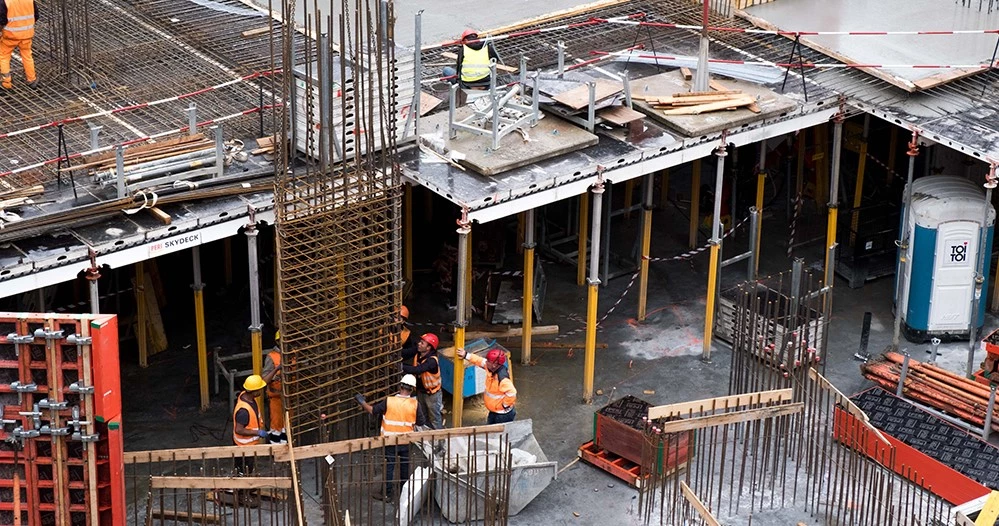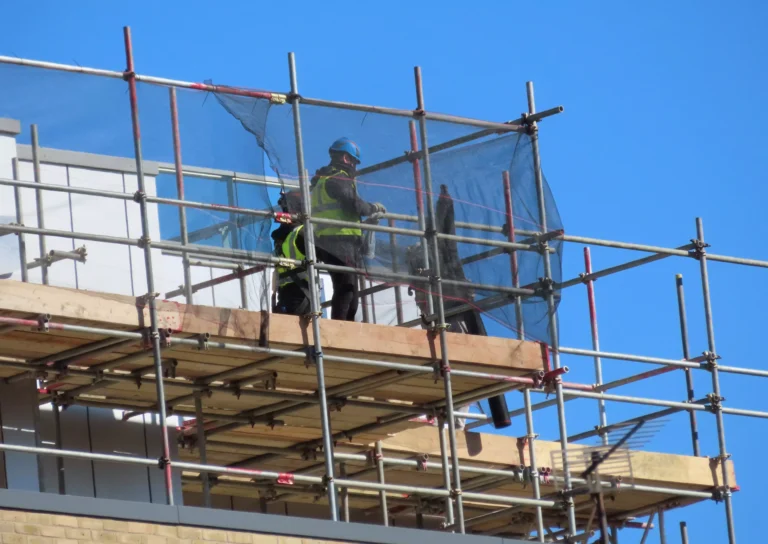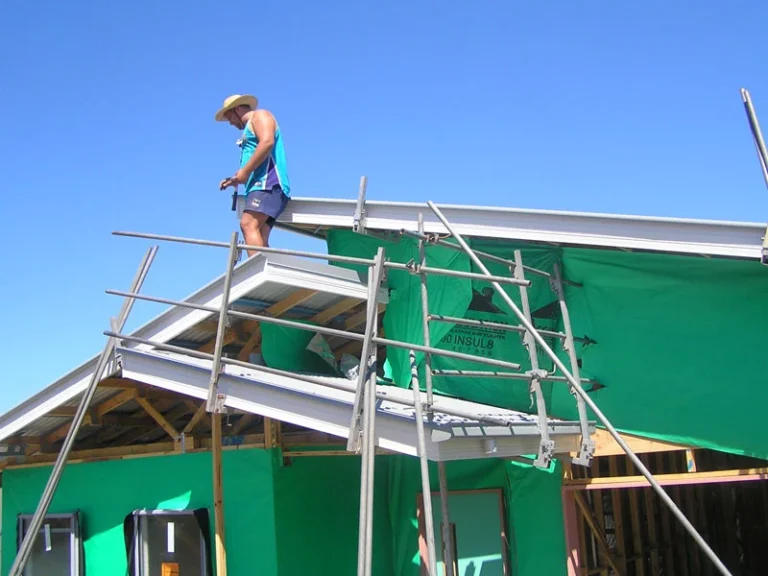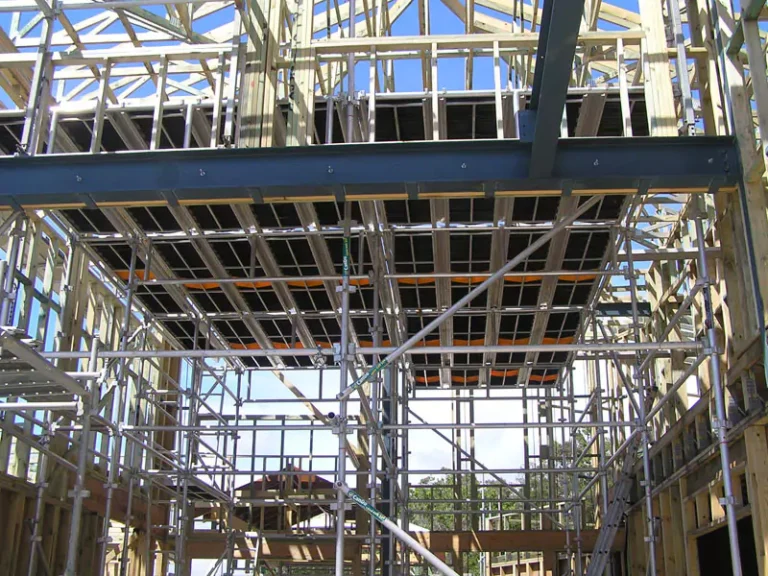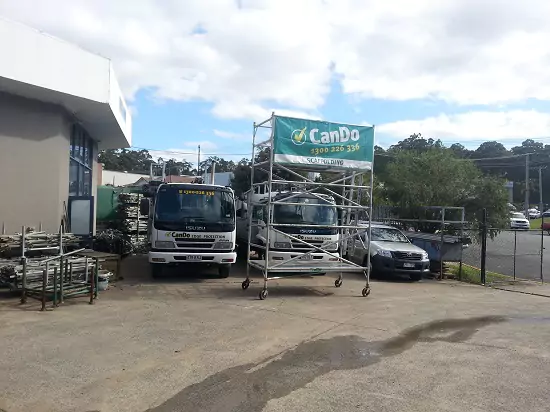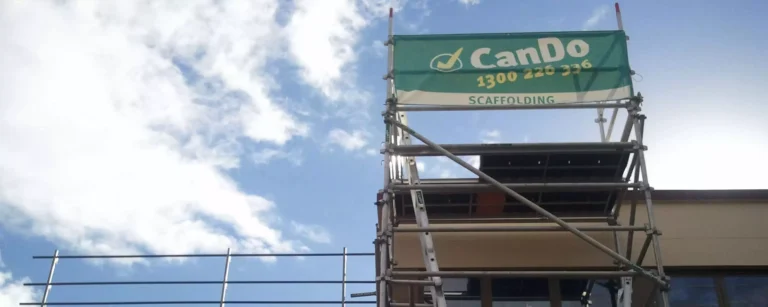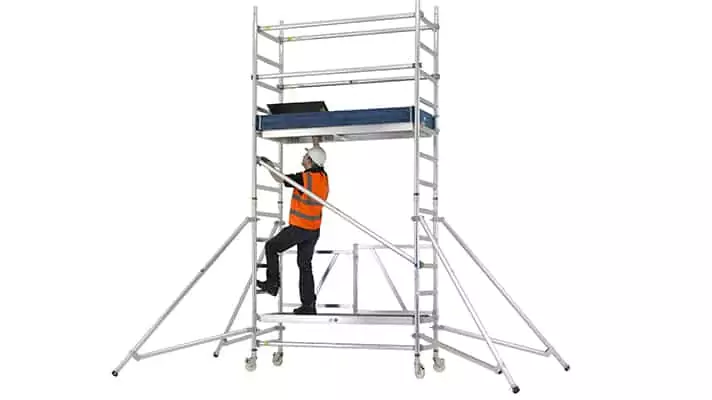How to Learn Scaffolding in Australia
Skilled scaffolders have become one of the most desired workers in the Australian construction industry over the past few years. However, to become one means you must possess the necessary skills and attributes of a good Scaffolder.
Interested in pursuing a scaffolding career? Here’s an outline of how to become a professional scaffolder in Australia.
What is Scaffolding?
A scaffold is a temporary support structure used in repairs, maintenance, and construction building purposes. Scaffolds are helpful in gaining access to areas that are hard to reach specifically when working at heights.
Furthermore, scaffolding can also be used for frameworks and braces, seats for grandstand accommodation, concert platforms, observation towers, expo stands, and other adapted purposes. Scaffolders are the ones licensed to professionally erect, alter or disassemble scaffold structures at 4 meters high or above in which a worker or object has a risk of falling.
Being a Scaffolder: Daily Duties
A scaffolder’s job varies the same the various purposes of a scaffolding solution on site do. But, in general, a scaffolder is entailed to:
- Unload scaffolds on site
- Check scaffolding requirements
- Position, erect and secure temporary scaffolding sections at a specific height
- Fit clamps, steel bars, support braces, and other metal fittings in place for safety
- Create flooring on each scaffold level by laying out work platforms
- Fix guard rails and set safety nets
- Dismantle scaffolds upon work completion
Since scaffolding is a high-risk occupation that involves working at varied heights and environmental conditions, a scaffolder is required to secure a Height Risk working permit. This means that scaffolders must be aware of health and work-related safety requirements that would help prevent or minimise occupational risks and accidents.
Skills for success
Scaffolding jobs demand a great deal of physical fitness, strength, and extraordinary concentration. More than that, it requires some of the below desired skills.
Some of the skills a scaffolder must have included the following:
- Basic to intermediate knowledge of building and construction procedures.
- Knowledgeable in schematic representations and plans.
- Good communication skills both in written and oral form.
- Planning and organisation skills.
- Problem-solving skills.
A successful scaffolder must include, but not limited to the following attributes:
- Physically fit
- Dedicated to following safety procedures
- Ability to take and follow instructions
- Exceptional hand-eye harmony, agility, and grace
- Ability to remain calm in tough conditions
- Ability to work with a team
- Resourceful and decisive
- Meticulously pays attention to details
- Can work at varying heights with conviction
- Sharp recognition of health and safety risks

Education Pathways & Courses
Even though there are no formal educational requirements to become a certified scaffolder, there are several tracks you could get hold of to pursue a scaffolding career.
Here are some education pathways and courses you can undertake for you to fit as a professional scaffolder:
Start a relevant scaffolding course
Kick-off your career by starting a relevant scaffolding course that will give you plenty of knowledge about the customs and operations of the construction industry. Similarly, a two-year certificate course or training programme in basic building and construction is also suitable to jumpstart your dream of being a scaffolder.
Fortify your scaffolding skills
After the basics, the next important thing to do is to learn some essential trade knowledge and strengthen your practical scaffolding skills through apprenticeships. Indulging in an official scaffolding training contract as an apprentice will not only sharpen your skills through practical works but also earn money at the same time.
Beef up your resume
Boost your technical know-how on scaffolding works. Hands-on work experiences are not enough without the minds-on skills to develop a holistic professional scaffolding ability.
Obtain industry requirements
To be able to work as a scaffolder, a High-Risk work permit along with a Construction Induction Card must be secured. Others even require a short course on how to work at heights safely to be completed. After the scaffolder course, your skills will be assessed on how competent you are in particular areas of the training. This will be your ticket in receiving a national qualification award for you to be recognised as a qualified scaffolder.
Land a job
Having acquired the necessary skills and technical education in scaffolding, you can now put them into professional use. Highlight your strong points and achievements in a resume and catch the construction industry’s interest in hiring your professional service. Pair it with a cover letter outlining your credentials and fitness in the open position, and get that job land on your hands.
Different licenses
Worksafe categorise the scaffolding high-risk work licenses into three (3) according to a specific scaffolding work involved. They are as follows:
1. Basic scaffolding license
SB high-risk work license includes prefabricated basic scaffolding works specified below:
- Modular or prefabricated scaffolds.
- Cantilevered hoists with workload materials weighing up to 500 kg
- Ropes and gin wheels.
- Safety nets and static lines
- Bracket scaffolds (tank and formwork).
2. Intermediate scaffolding license
SI high-risk work license covers all works specified in basic scaffolding plus the specific works like
- Cantilevered crane loading platforms.
- Cantilevered spurred scaffolds.
- Tube and coupler scaffolds, as well as tube and coupler, covered ways and gantries
- Barrow ramps and sloping platforms.
- Safety screens and shutters installation around the perimeter.
- Mast climbers.
- Tube and coupler scaffolds
3. Advanced scaffolding license
SA high-risk work license includes all works of basic and intermediate scaffolding with the usage and utilisation of
- Cantilevered hoists
- Suspended scaffolds.
- Hanging scaffolds
Scaffolding Hire with CanDo
Once you’ve learned how to become a scaffolder in Australia, it’s time to land a job that will put your skills and knowledge into good use. CanDo can help you with that.
CanDo provides scaffolding hire and height protection service to the Gold Coast, Northern Rivers, and the greater Brisbane area. We have a comprehensive range of scaffold solutions that cater to residential and light commercial building construction needs, as well as to private property requirements.
Further to our hire services we provide a consultation service to all clients. This consultation service means that you get the best solution at the right price. It also ensures that the solution we give you meets Work Place Health and Safety Regulations.
Want to join the CanDo crew?

